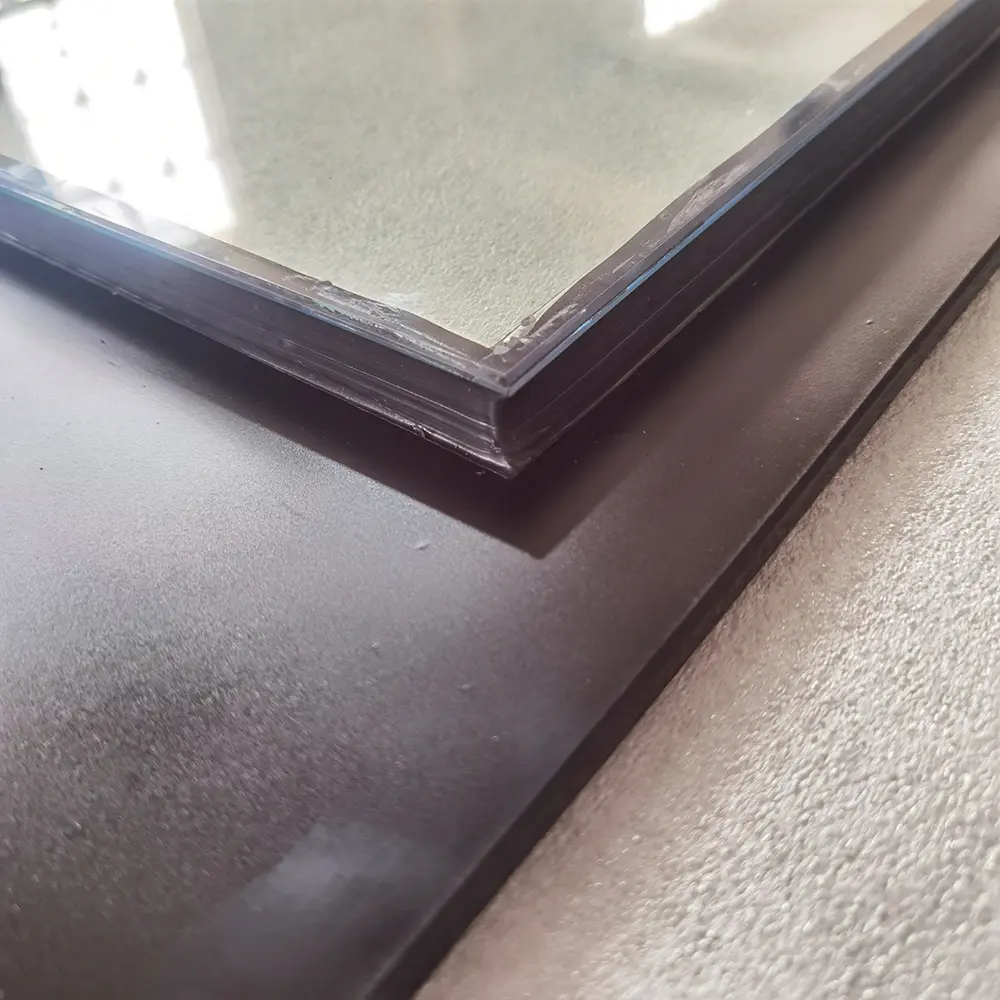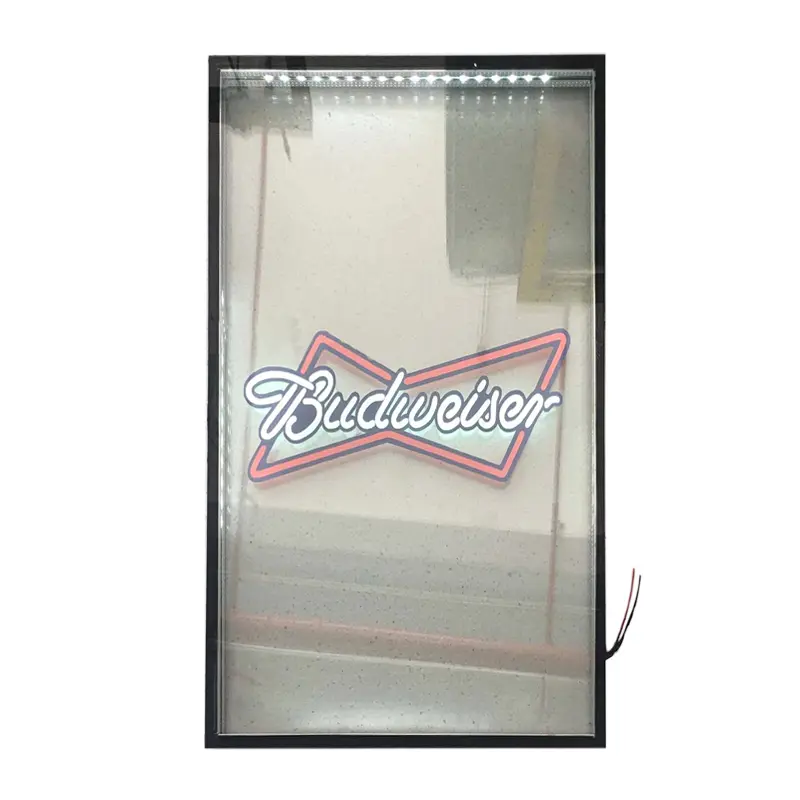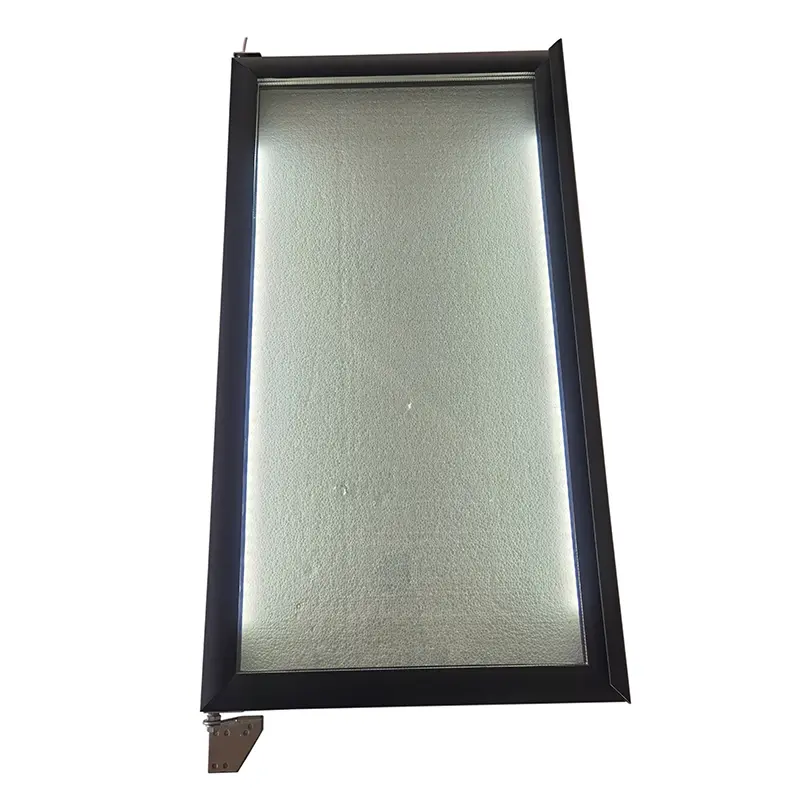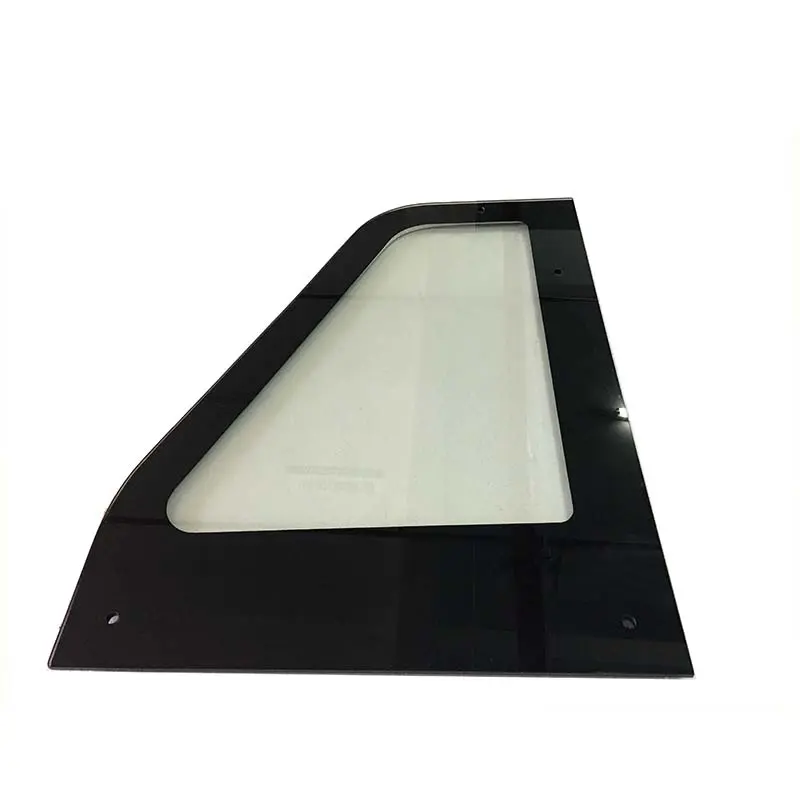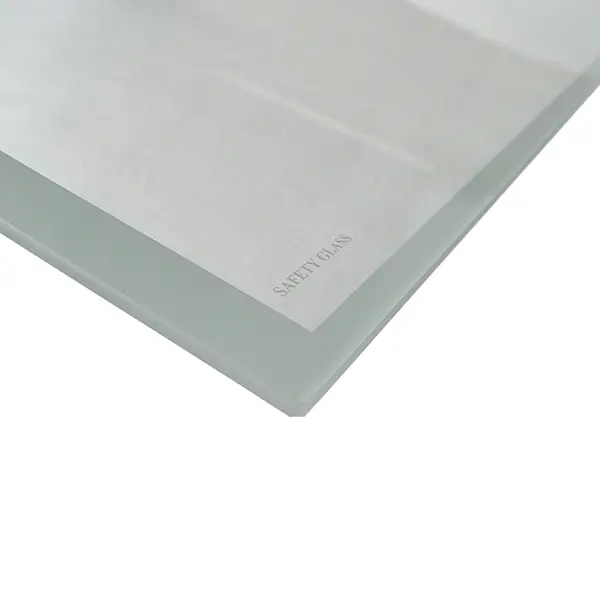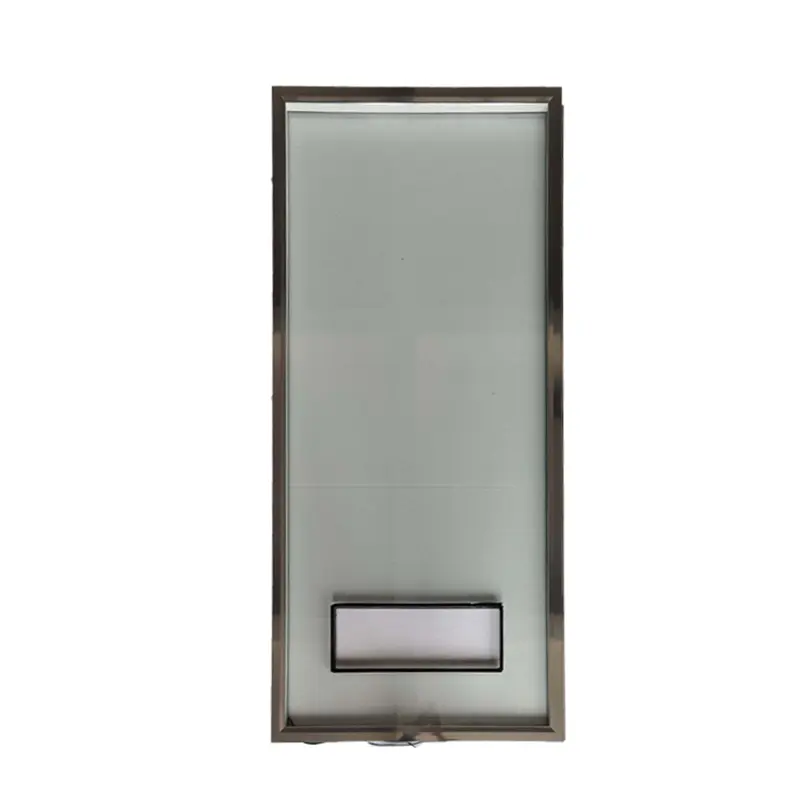Product Main Parameters
| Attribute | Specifications |
|---|---|
| Glass Type | Tempered, Low-E |
| Insulation | Double Glazing, Triple Glazing |
| Insert Gas | Air, Argon; Krypton optional |
| Glass Thickness | 8mm glass 12A 4mm glass, 12mm glass 12A 4mm glass |
| Spacer | Mill finish aluminum filled with desiccant |
| Sealant | Polysulfide & Butyl Sealant |
| Color | Black, Silver, Red, Blue, Green, Gold, Customized |
| Temperature Range | 0℃-22℃ |
Common Product Specifications
| Style | Side Double Glazing for Cake Showcase |
|---|---|
| Application | Display Cabinet, Showcase, etc. |
| Usage Scenario | Bakery, Cake Shop, Supermarket, Fruit Store |
| Package | EPE foam Seaworthy wooden case (Plywood Carton) |
| Service | OEM, ODM |
| After-sales Service | Free Spare Parts |
| Warranty | 1 Year |
Product Manufacturing Process
According to authoritative sources, vacuum insulated glass (VIG) is produced by combining two or more layers of glass separated by a vacuum space. The manufacturing process begins with the precise cutting of glass sheets to the specified dimensions, followed by edge polishing to ensure smooth surfaces. Holes are drilled, and notching is performed as needed. The glass is then cleaned to eliminate any dust or residues. Silk printing and tempering enhance the durability and functional aesthetics of the glass. For the vacuum insulation, the glass layers are bonded with a narrow vacuum gap, minimizing thermal transfer and maximizing insulation. The entire unit is sealed with high-quality materials like polysulfide and butyl sealants, ensuring airtightness and longevity. This process is supported by advanced machines and skilled technicians ensuring consistency and quality in production, as practiced in China.
Product Application Scenarios
Authorities in the field highlight several application scenarios for vacuum insulated glass (VIG):
1. Residential Buildings: VIG is popular for residential use in China due to its superior thermal insulation, energy efficiency, and soundproofing qualities, making homes more comfortable and cost-effective.
2. Commercial Establishments: Offices and commercial buildings benefit from VIG through improved energy ratings and compliance with sustainability benchmarks, which can be crucial for certifications and reducing operational costs.
3. Historical Buildings: The slim profile of VIG is ideal for historical buildings where aesthetic preservation is key, coupled with enhanced energy performance.
4. Specialty Architectural Applications: VIG is also utilized in skylights and other unique designs due to its excellent light transmission and insulation properties.
Product After-Sales Service
Yuebang Glass offers a comprehensive after-sales service. This includes free spare parts and a one-year warranty. We provide detailed guidance on installation and maintenance procedures to ensure optimal performance and longevity of the product. Our experienced customer service team in China is ready to assist with any inquiries or issues regarding vacuum insulated glass quotes, reaffirming our commitment to customer satisfaction.
Product Transportation
Our transportation process ensures safe and prompt delivery of products globally. We utilize sturdy EPE foam and seaworthy wooden cases to protect the glass during transit. Collaboration with reliable logistics partners ensures precise tracking and timely delivery, from China to various international destinations, ensuring clients receive their vacuum insulated glass orders in pristine condition.
Product Advantages
- Enhanced energy efficiency and reduced thermal transfer.
- High durability and longevity due to vacuum seal.
- Superior soundproofing capabilities.
- Condensation resistance, maintaining visibility and cleanliness.
- High visual light transmittance for bright interiors.
Product FAQ
- What is vacuum insulated glass? Vacuum insulated glass (VIG) is a high-performance glazing solution consisting of multiple glass layers separated by a vacuum gap to minimize thermal transfer, enhancing insulation and energy efficiency.
- Why choose VIG over traditional glazing? VIG offers superior thermal efficiency, sound insulation, and a slimmer profile compared to traditional glazing, making it ideal for energy-conscious projects and retrofits where space and weight are considerations.
- Is VIG compatible with existing window frames? While VIG's slimmer profile suits many frames, some older frames may require adjustment. Consultation with installation experts is recommended to ensure compatibility.
- How does VIG improve energy efficiency? The vacuum layer in VIG minimizes conductive and convective heat losses, significantly improving energy efficiency by reducing the need for heating and cooling, thus saving on energy costs.
- Can VIG help with soundproofing? Yes, VIG's vacuum gap dampens external noise, providing excellent soundproofing, making it well-suited for urban and high-noise environments.
- What maintenance does VIG require? VIG is low-maintenance due to its sealed construction. Regular cleaning of the glass surface is typically sufficient, and routine checks by professionals ensure longevity.
- How long is the warranty for VIG products? Yuebang Glass offers a one-year warranty on VIG products, covering manufacturing defects and ensuring customer satisfaction.
- Are customizations available for VIG products? Yes, VIG products can be customized in terms of size, color, and other specifications to meet diverse project requirements, with quotes available from China for bespoke solutions.
- What is the lifespan of VIG? VIG is designed for long-term durability, with the vacuum seal providing prolonged insulation efficiency. Proper installation and maintenance can further extend its lifespan.
- How is VIG packaged for transportation? VIG is packaged using EPE foam and seaworthy wooden cases to ensure safe transport, with careful handling to maintain the integrity of the vacuum seal during transit.
Product Hot Topics
- The Evolution of Insulated Glass in China: As China continues to innovate in the field of building materials, vacuum insulated glass emerges as a testament to its commitment to energy efficiency and sustainable construction. The evolution of VIG reflects the broader trends in green building technologies and the increasing demand for solutions that not only meet aesthetic standards but also contribute to reducing carbon footprints. Clients seeking vacuum insulated glass quotes are part of a growing community prioritizing eco-friendly practices.
- Impact of VIG on Energy Efficiency Standards: The introduction of vacuum insulated glass has set new benchmarks in energy efficiency standards across various industries. Its ability to significantly reduce energy consumption aligns with global efforts to combat climate change. In China, VIG has been instrumental in achieving energy ratings for residential and commercial buildings, leading to substantial utility savings and a reduced carbon footprint.
- Adoption Trends in Historical Conservation: The adoption of VIG in historical building conservation projects highlights its unique position in preserving architectural heritage while improving thermal performance. As China boasts numerous historical sites, the integration of VIG allows for the preservation of original aesthetics with modern energy efficiency benefits, proving that innovation can harmoniously blend with tradition.
- Consumer Preferences and Insulation Technologies: China's market research indicates a growing preference among consumers for advanced insulation technologies. This trend is driven by increasing awareness of environmental sustainability and the cost benefits of energy-efficient homes. Vacuum insulated glass quotes provide an opportunity for consumers to access cutting-edge solutions that deliver substantial long-term savings.
- Technological Innovations in VIG Production: Continuous advancements in the production techniques of vacuum insulated glass ensure higher performance and cost-effectiveness. Innovations in material science and manufacturing processes are enhancing the durability and efficiency of VIG, making it a staple in China's push towards greener building technologies.
- Challenges and Opportunities in VIG Deployment: While VIG offers numerous benefits, challenges such as initial costs and installation complexity present opportunities for improvement. By addressing these challenges, manufacturers in China are working towards making VIG more accessible and easier to implement, thereby expanding its market reach.
- Role of VIG in Sustainable Architecture: In the realm of sustainable architecture, VIG stands as a critical component for achieving high energy performance. Its use in various architectural designs showcases how function and form can coexist, offering architects in China and beyond the flexibility to design buildings that are both beautiful and energy-efficient.
- Comparative Analysis of VIG and Traditional Windows: Analyzing the differences between VIG and traditional window solutions reveals marked improvements in insulation and soundproofing capabilities. These comparisons are essential for clients considering vacuum insulated glass quotes, as they highlight the potential return on investment through energy savings and enhanced comfort.
- Future of VIG in Global Markets: As global markets increasingly embrace sustainable products, the future of vacuum insulated glass looks promising. China's role as a leading manufacturer places it at the forefront of this market expansion, providing competitive vacuum insulated glass quotes to meet international demand for sustainable and efficient building solutions.
- Consumer Testimonials on VIG Performance: Feedback from consumers who have integrated VIG into their building projects often highlights significant improvements in thermal efficiency and noise reduction. These testimonials are instrumental in shaping perceptions and driving the demand for vacuum insulated glass quotes in China, reinforcing its reputation as a reliable and effective solution.
Image Description
There is no picture description for this product


